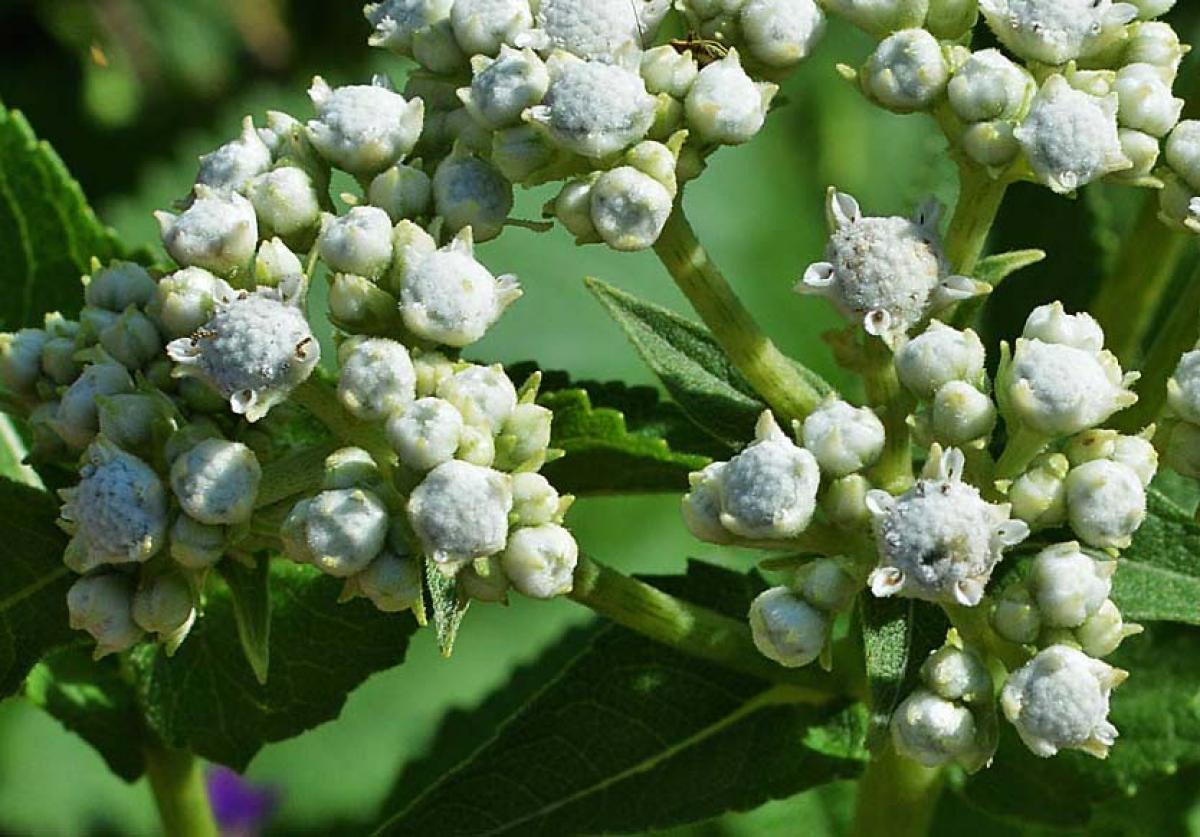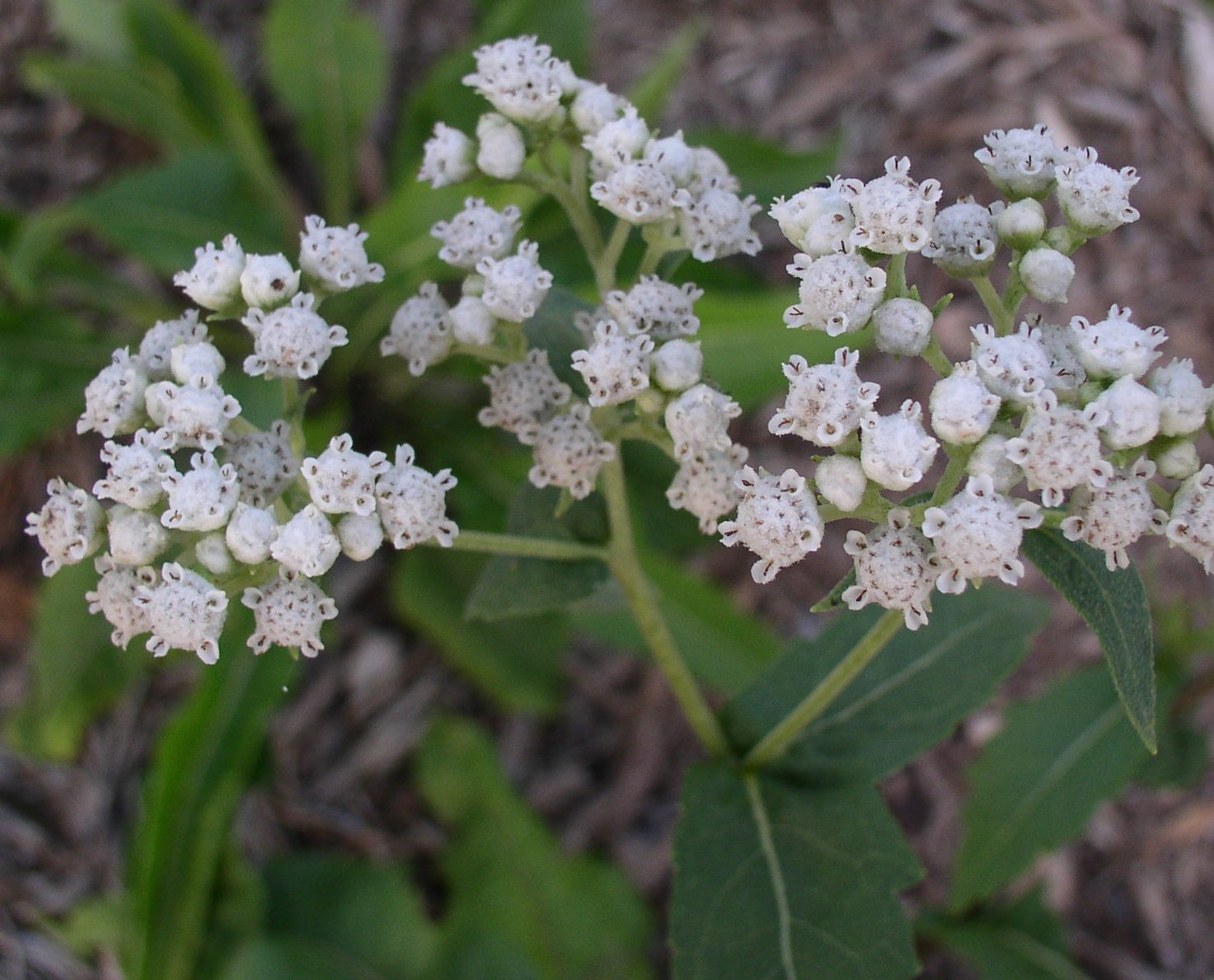“`html
The Quinine plant: A Historical and Botanical Deep Dive
The quinine plant, primarily represented by species within the Cinchona genus, holds a significant place in the annals of medicine and human history. Its bark, the source of quinine, revolutionized the treatment of malaria, a disease that plagued humanity for centuries. This article delves into the botanical aspects, historical significance, chemical composition, cultivation, and modern applications of the remarkable quinine plant.
Botanical Origins and Characteristics
The Cinchona genus belongs to the Rubiaceae family, a vast and diverse group of flowering plants. Native to the Andean regions of South America, particularly the eastern slopes of the Andes mountains in countries like Peru, Ecuador, Bolivia, and Colombia, Cinchona species thrive in cool, humid, and mountainous environments. These evergreen trees and shrubs are characterized by their:
Growth Habits
Leaves and Flowers

The leaves of Cinchona are arranged oppositely along the stems. They are simple, elliptical to lanceolate in shape, and possess a smooth texture. The flowers, which are typically fragrant, grow in terminal or axillary panicles. They are small, tubular, and can range in color from white to pink or red, depending on the species. The flowers develop into small, capsule-like fruits containing numerous winged seeds.
Bark
The most crucial part of the Cinchona plant is its bark. It contains a complex mixture of alkaloids, including quinine, quinidine, cinchonine, and cinchonidine. The bark’s color and texture vary among species, ranging from grayish-brown to reddish-brown, and from smooth to rough and fissured. The concentration of alkaloids is highest in the mature bark, which is typically harvested from trees that are several years old.
Historical Significance: From Indigenous Use to Global Impact
The medicinal properties of Cinchona bark were known to indigenous peoples of the Andes long before the arrival of Europeans. They used it to treat fevers and shivering, symptoms now recognized as indicative of malaria. The following points highlight the plant’s journey into global medicine:
Indigenous Knowledge
The Quechua people of Peru were among the first to recognize the therapeutic potential of Cinchona bark. They called it “quina-quina,” meaning “bark of barks,” reflecting its potent medicinal properties. They used it in powdered form or as a decoction to combat fevers.
European Introduction

Spanish Jesuit missionaries learned about the medicinal uses of Cinchona bark in the early 17th century. They brought it back to Europe, where it was initially met with skepticism. However, its efficacy in treating malaria soon became apparent, and it gained widespread acceptance. The Countess of Chinchón, wife of the Viceroy of Peru, is often credited with popularizing its use in Europe, hence the genus name Cinchona.
Global Trade and Colonialism
The demand for Cinchona bark surged, leading to a lucrative trade controlled by the Spanish Empire. The bark was shipped to Europe and other parts of the world, where it became a vital commodity. However, the uncontrolled harvesting of wild Cinchona trees led to their depletion in many areas. This prompted efforts to cultivate the plant in other tropical regions, including India, Java, and Sri Lanka, often within colonial frameworks.
Isolation of Quinine
In 1820, French chemists Pierre-Joseph Pelletier and Joseph Bienaimé Caventou successfully isolated quinine, the primary antimalarial alkaloid, from Cinchona bark. This breakthrough allowed for the production of standardized doses and paved the way for the development of synthetic antimalarial drugs.
Chemical Composition and Medicinal Properties
Quinine

Quinine is a potent antimalarial drug that works by interfering with the growth and reproduction of the malaria parasite within red blood cells. It also possesses antipyretic (fever-reducing) and analgesic (pain-relieving) properties. However, it can cause side effects such as tinnitus (ringing in the ears), headache, nausea, and visual disturbances.
Quinidine
Quinidine is an isomer of quinine and is used to treat cardiac arrhythmias. It helps to regulate the heart’s rhythm by affecting the electrical properties of heart muscle cells.
Cinchonine and Cinchonidine
These alkaloids have some antimalarial activity, but they are less potent than quinine. They also contribute to the overall pharmacological effects of Cinchona bark.
Other Compounds
In addition to alkaloids, Cinchona bark contains tannins, quinic acid, and other compounds that may contribute to its medicinal properties.
Cultivation and Harvesting
The cultivation of Cinchona plants requires specific environmental conditions and careful management. The following are key aspects of its cultivation:
Environmental Requirements
Propagation
Harvesting
The bark is typically harvested from trees that are 8 to 10 years old. Two main methods are used: coppicing and uprooting. Coppicing involves cutting the tree at the base and allowing it to regenerate. Uprooting involves removing the entire tree and stripping the bark from the roots and trunk. The bark is then dried and processed to extract the alkaloids.
Modern Applications and Challenges
While synthetic antimalarial drugs have largely replaced quinine in the treatment of malaria, Cinchona bark and its alkaloids continue to have important applications:
Malaria Treatment
Quinine remains a valuable treatment option for severe and complicated malaria, particularly in areas where resistance to other antimalarial drugs is prevalent. It is also used in combination with other drugs to prevent the development of resistance.
Other Medical Uses
Quinidine is still used to treat cardiac arrhythmias. Other Cinchona alkaloids are being investigated for their potential anticancer, anti-inflammatory, and antioxidant properties.
Challenges and Conservation
The overexploitation of wild Cinchona trees in the past has led to their depletion in many areas. Conservation efforts are crucial to protect these valuable plants and their genetic diversity. Sustainable cultivation practices are also essential to ensure a reliable supply of Cinchona bark for medicinal purposes. Climate change, deforestation, and habitat loss pose additional threats to Cinchona populations.
Conclusion
The quinine plant, with its rich history and potent medicinal properties, has played a pivotal role in human health. From its indigenous origins to its global impact, Cinchona bark has provided a vital remedy for malaria and other ailments. While modern medicine has developed synthetic alternatives, the natural alkaloids of Cinchona remain relevant and valuable. Continued research and conservation efforts are crucial to ensure that this remarkable plant continues to benefit humanity.
“`
